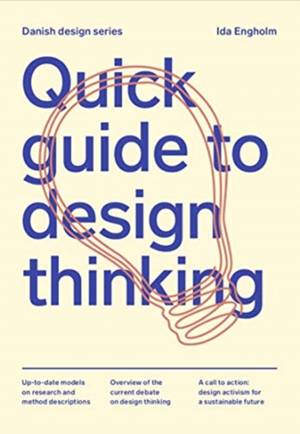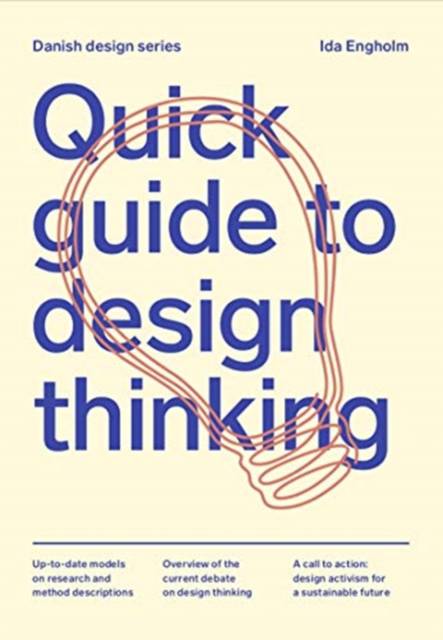
- Afhalen na 1 uur in een winkel met voorraad
- Gratis thuislevering in België vanaf € 30
- Ruim aanbod met 7 miljoen producten
- Afhalen na 1 uur in een winkel met voorraad
- Gratis thuislevering in België vanaf € 30
- Ruim aanbod met 7 miljoen producten
Zoeken
Omschrijving
Design thinking is an increasingly widespread approach. In recent years it has been launched as a method that enables even the most conservative company to adopt agile, innovative and entrepreneurial mindsets and to think outside the box.
But what is design thinking, how did it emerge, and what does it do? In Quick guide to design thinking Ida Engholm highlights the concept of design thinking from a Danish research perspective.
The book outlines the research behind design thinking and provides an overview of the many different professions, theories and methods that have contributed to developing and defining design thinking as a research and practice field. Further, it offers an introduction to current debates about design thinking and concludes in a call for design activism as a path to a sustainable future.
But what is design thinking, how did it emerge, and what does it do? In Quick guide to design thinking Ida Engholm highlights the concept of design thinking from a Danish research perspective.
The book outlines the research behind design thinking and provides an overview of the many different professions, theories and methods that have contributed to developing and defining design thinking as a research and practice field. Further, it offers an introduction to current debates about design thinking and concludes in a call for design activism as a path to a sustainable future.
Specificaties
Betrokkenen
- Auteur(s):
- Uitgeverij:
Inhoud
- Aantal bladzijden:
- 112
- Taal:
- Engels
Eigenschappen
- Productcode (EAN):
- 9788792949059
- Verschijningsdatum:
- 15/01/2021
- Uitvoering:
- Paperback
- Afmetingen:
- 150 mm x 210 mm
- Gewicht:
- 270 g

Alleen bij Standaard Boekhandel
+ 55 punten op je klantenkaart van Standaard Boekhandel
Beoordelingen
We publiceren alleen reviews die voldoen aan de voorwaarden voor reviews. Bekijk onze voorwaarden voor reviews.











